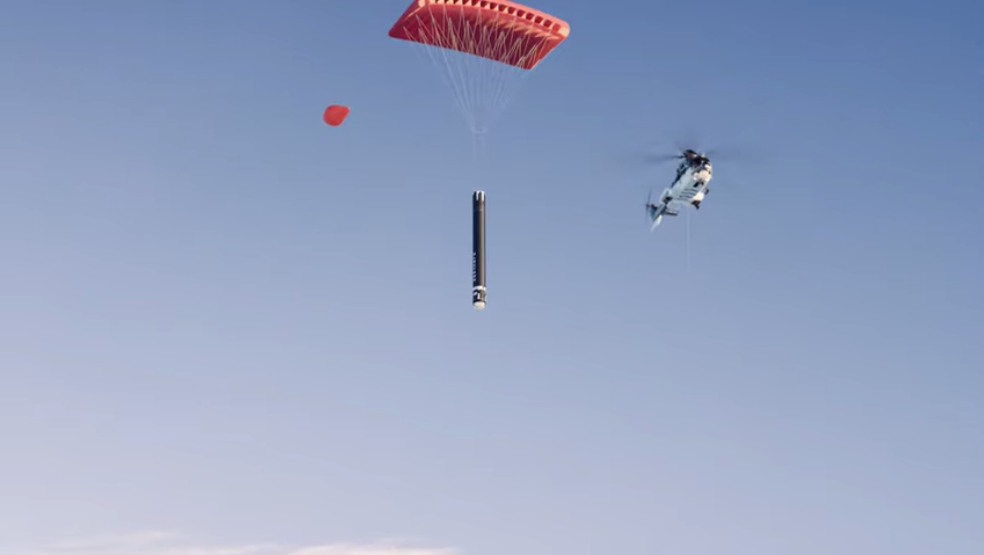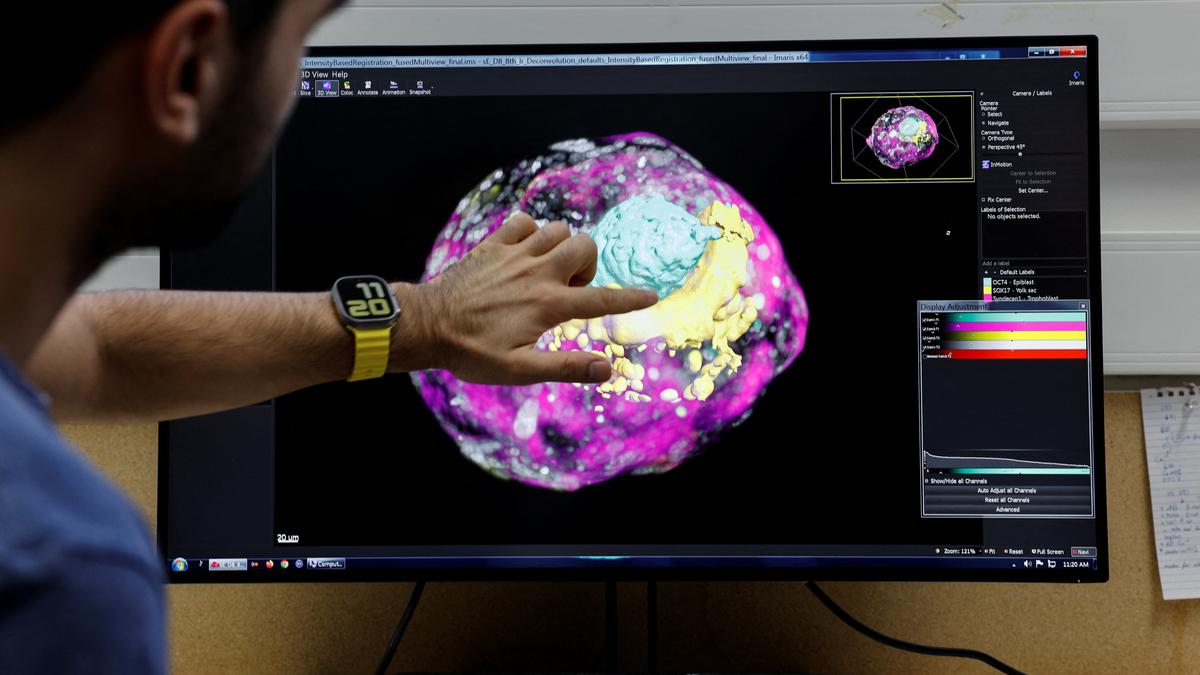Most people have heard of Ray Kurzweil’s prediction that humans will achieve immortality by 2045, a mere 30 years from now. But what does DARPA believe the future will look like in 2045?
On October 21, 2015, DARPA shared its vision of the future in “Forward to the Future: Visions of 2045.” The report is a compilation of findings from interviews with key DARPA researchers and includes the following predictions:
- Space: Interplanetary and interstellar travel, including faster-than-light travel; missions and permanent settlements on the moon, Mars, and the asteroid belt; space elevators.
- Transportation & Energy: Self-driving and electric vehicles; improved mass transit systems and intercontinental travel; flying cars and hoverboards; high-efficiency solar and other sustainable energy sources.
- Medicine & Health: Neurological devices for memory augmentation, storage and transfer, and perhaps to read people’s thoughts; life extension, including virtual immortality via uploading brains into computers; artificial cells and organs; “Star Trek”-style tricorder for home diagnostics and treatment; wearable technology, such as exoskeletons and augmented-reality glasses and contact lenses.
- Materials & Robotics: Ubiquitous nanotechnology, 3-D printing and robotics; invisibility and cloaking devices; energy shields; anti-gravity devices.
- Cyber & Big Data: Improved artificial intelligence; optical and quantum computing; faster, more secure Internet; better use of data analytics to improve the use of resources.
- “Pizza delivery via teleportation”—DARPA took a close look at this a few years ago and decided there is plenty of incentive for the private sector to handle this challenge.
- “Time travel technology will be close, but will be closely guarded by the military as a matter of national security”—We already did this tomorrow.
- “Systems for controlling the weather”—Meteorologists told us it would be a job killer, and we didn’t want to rain on their parade.
- “Space colonies…and unlimited cellular data plans that won’t be slowed by your carrier when you go over a limit.”
Interacting With Environments & Technology Using Thoughts
One of DARPA’s more interesting programs is the Biological Technologies Office (BTO) that does research in neuroscience, synthetic biology, and more. In a recent interview for “Forward to the Future: Visions of 2045,” Program Manager Justin Sanchez, a neuroscientist, discusses his vision for 2045.
The following is the interview with Justin Sanchez:
The following video is an interview with Pam Melroy, aerospace engineer and current deputy director of DARPA’s Tactical Technologies Office:






